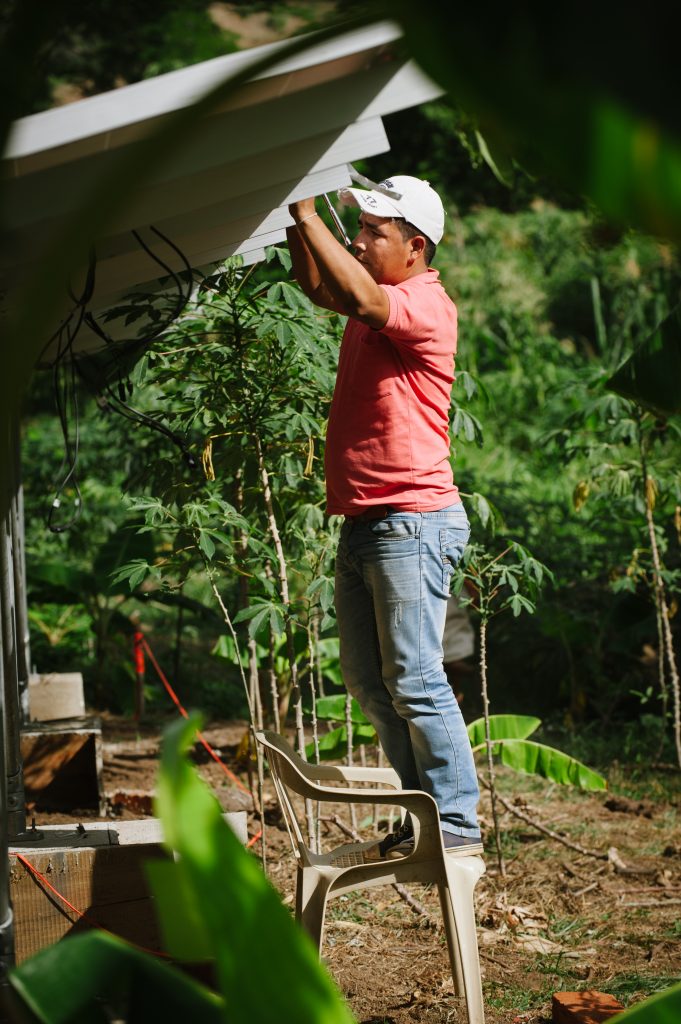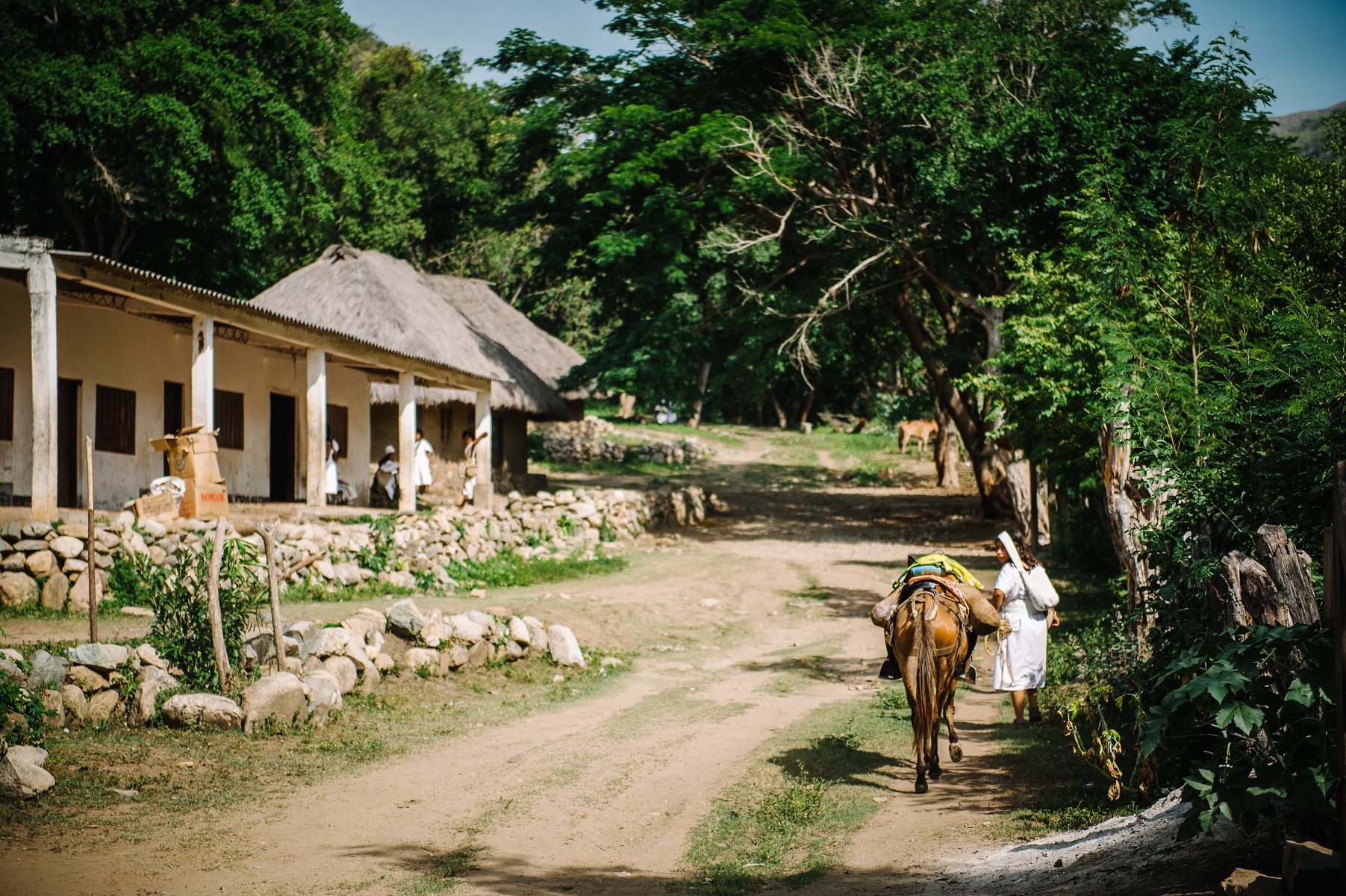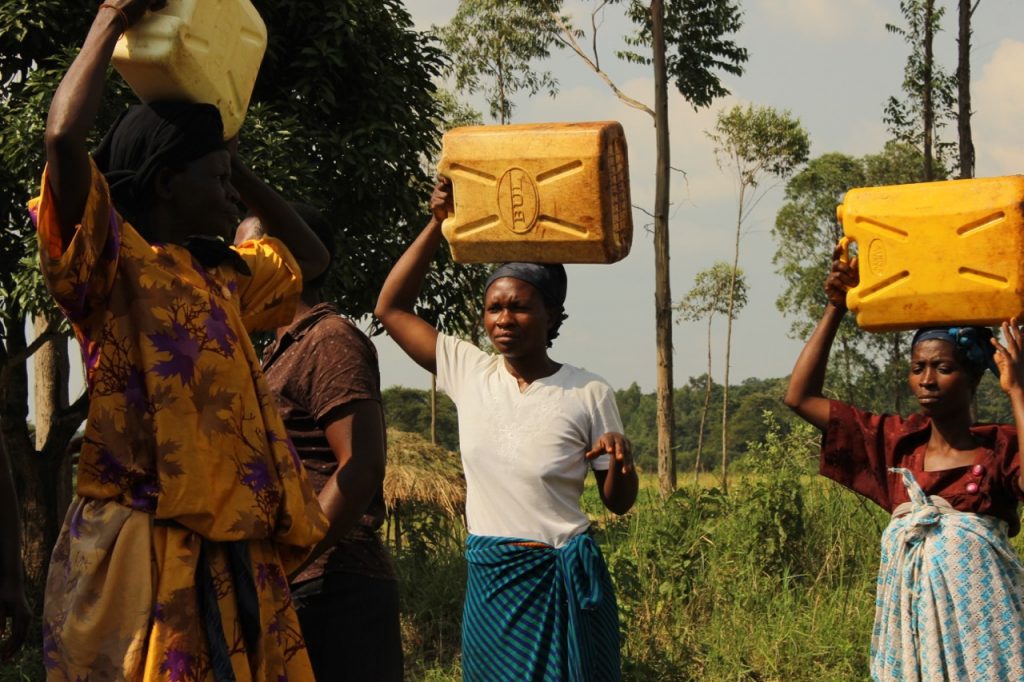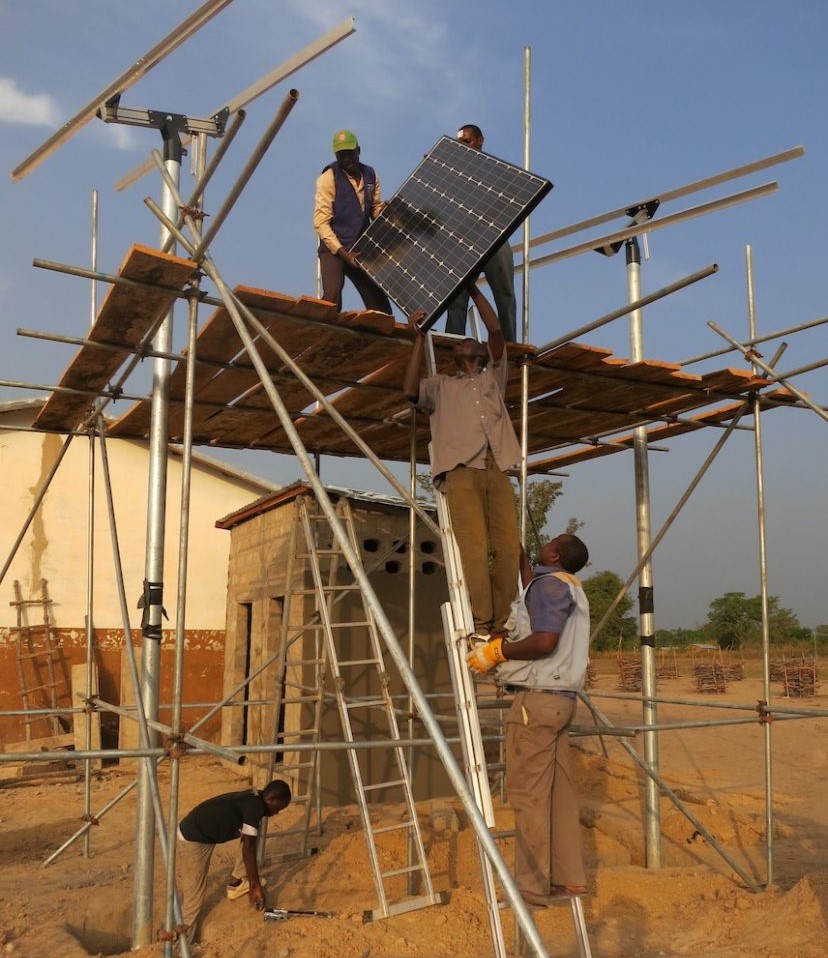Energy Poverty
Energy poverty—the lack of safe, reliable energy access—undermines virtually every aspect of human welfare. Pumping clean water requires energy. Growing crops at scale requires energy. Preparing food requires energy. Storing vaccines requires energy. Lighting classrooms and connecting to the internet requires energy.
.
Today, nearly one billion people lack access to electricity altogether, and many more have only limited or unreliable access. SELF is committed to eradicating energy poverty and helping build a brighter future for all.

What is Energy Poverty?
Energy poverty is defined by the lack of safe, reliable energy access to meet human needs such as illuminating homes or preparing food. In some cases, a person or family might have access to energy through a traditional power grid, but it may not be sufficient for their daily needs, or they may not be able to pay their full electric bill. In other cases, energy poverty results from a complete lack of energy infrastructure within a community.
.
Who is Affected by Energy Poverty?
Energy poverty exists across countries and demographics, but it’s rural and low-income communities that suffer the most.
Energy poverty is significantly less common in wealthy nations, where, at a minimum, most homes and institutions are connected to a functioning electricity source. In low-income countries, we see a very different story in which the power grid only services a portion of the population. Energy poverty is most prevalent in Africa, where more than a dozen countries have electrification rates under 20%.
Within these under-electrified countries, patterns emerge across urban-rural lines. Urban centers typically have some kind of power grid, but extending this grid to rural areas can be prohibitively expensive or logistically challenging. Some of these rural households might be able to afford standalone energy sources, such as a generator. More often, families go without.

Human Impacts of Energy Poverty
Lack of energy access impacts nearly every aspect of human health and wellbeing. Within the home, 2.4 billion people lack access to clean cooking technology, such as electric stoves. These households must turn to fuels such as wood and coal to heat their homes and feed their families. The indoor air pollution that results presents serious risks to human health, killing 3.2 million people in 2020. Women and children, who spend more time in the home, face the gravest consequences. In the absence of electricity, families incur further risks from inefficient lighting sources such as kerosene lanterns, which are known to explode, causing injury or even death. Better alternatives are kept out of reach due to upfront costs; meanwhile, households face financial strain from the constant purchase of these fuels just to get by.
Energy poverty also shows up outside the home. In the healthcare setting, energy can be a life-or-death resource. Many clinics around the world, particularly in rural areas, operate without electricity. This greatly limits prevention and treatment options. Vaccines cannot be stored without proper refrigeration. Equipment such as respirators, IVs, and x-ray machines can’t run. Childbirth and emergency procedures are often conducted in the dark or by a dim lantern.

People experiencing energy poverty are also at a higher risk of needing medical attention to begin with. Without energy to pump clean water, waterborne disease is common. Lack of energy also limits irrigation and agricultural output, making fresh produce available only when weather conditions are right. This lowers nutrition within a community and increases the likelihood of illness.
Energy poverty greatly restricts economic and educational opportunities as well. Without proper lighting, schools can only operate during daylight hours, and studying at night isn’t an option. Lack of energy also means lack of internet, cutting off access to information and learning resources. As our global economy grows increasingly connected online, entire communities are left without a way to learn and contribute.
Environmental Impacts of Energy Poverty
Beyond its human toll, energy poverty also affects our environment. The reliance on wood for cooking and heating leads to higher rates of deforestation. The burning of this wood and other fuels releases emissions into the atmosphere.
When comparing overall emissions released, however, energy poor nations have contributed significantly less to climate change than energy rich nations. Meanwhile, the former bears the brunt of climate impacts—impacts that are only expected to worsen as global energy consumption grows. According to the U.S. Energy Information Administration, global energy use is projected to increase by 50% between 2018 and 2050. Without a swift shift to renewables, this could be disastrous for the most vulnerable communities and threatens to rollback progress on poverty reduction.
There is a lot that nations and organizations can do to promote a global clean energy transition. Energy rich nations can facilitate the sharing of knowledge, technologies, and funds. Energy poor nations have the unique opportunity to leapfrog the large-scale fossil fuel systems that dominate the US and other countries in favor of renewables such as solar power. Doing so will not only mitigate the worst effects of climate change but will also allow communities to be more resilient to climate shocks.
Expanded energy access and climate action are not the tradeoff that some assume them to be. In fact, with a focus on renewables, they strengthen each other in the pursuit of a better world.
.
Energy Poverty Today
The state of energy poverty today presents a mixed picture of important gains and progress still to be made. In 2015, the United Nations declared energy access to be one of its 17 Sustainable Development Goals (SDGs). Since then, new initiatives and programs have been implemented to improve access.
Yet, energy poverty remains a problem bigger than the attention it receives. There are several reasons for this:
- Lack of awareness: The ubiquitous nature of energy in some parts of the world leads many of us to overlook its absence in other regions.
- Geographic isolation: Energy poverty is most prevalent in rural areas, which can mean less visibility, reinforced by the lack of internet and communications technologies.
- Focus on symptoms: Efforts to treat the symptoms of poverty (e.g., hunger) can divert funds and attention from its root causes (e.g., lack of energy to power agricultural systems).
- Challenges with measurement: Energy poverty can take many forms and can be difficult to quantify. Certain statistics might underrepresent the depth of the issue.
Despite these setbacks, there’s reason to be hopeful. Access to electricity continues to increase. The challenge now is closing the gap for good.

How We Can End Energy Poverty
To eliminate energy poverty once and for all, effective approaches should consider the type of energy, financing options, and implementation models.
Type of Energy
We know that a focus on renewables is essential for avoiding climate disaster. Beyond that, there are several factors to consider. Because many people experiencing energy poverty live in rural areas, the most pragmatic solution tends to be distributed energy. Distributed energy sources operate independently of a country’s larger electric grid. This sidesteps expensive, and often environmentally disruptive, grid extensions. Rooftop solar panels are one example of this. Community-scale solar microgrids are another, which can power entire neighborhoods and shared spaces such as health clinics. Electrification projects should consider the needs of the community and develop a plan that best addresses them.
Financing Options
As the price of renewables continues to drop, access to solar power is expanding. However, while solar has a lower lifetime cost than fossil fuels, the upfront expenses are higher. This makes access to financing incredibly important in the renewable energy transition. At the household level, loans can allow families to pay for their panels with the money previously budgeted for kerosene and other fuels. For community-scale solar, affordable pricing structures can be built in that cover maintenance, repairs, and replacement costs.
Implementation Models
Solar home systems can greatly expand the health and wellbeing of a family. But when energy powers our health centers, schools, businesses, and more, we need to think bigger and pursue smart solutions that address community-level needs. SELF’s Solar Market Garden (SMG) is one example of this. The SMG model draws on energy from the sun to power drip irrigation systems, which allow communities to grow healthy produce year-round. The SMG model also provides new streams of revenue for the women who maintain these gardens through the sale of crops. No longer worried about health and hunger, these women can focus on pursuing higher goals and giving back to their community. That’s lasting progress.
There’s no silver bullet for our world’s greatest challenges. But improving energy access is the closest thing we have. By addressing energy poverty head-on, we can give people the tools they need to build a better life. It’s no simple task. But with the right approach, we can end energy poverty once and for all.

SELF is a global leader in the fight against energy poverty. Since 1990, we’ve pioneered unique applications for solar energy, powering progress on food security, health care, education, gender equity, and more.
501(c)(3) non-profit organization
EIN: 52-1701564